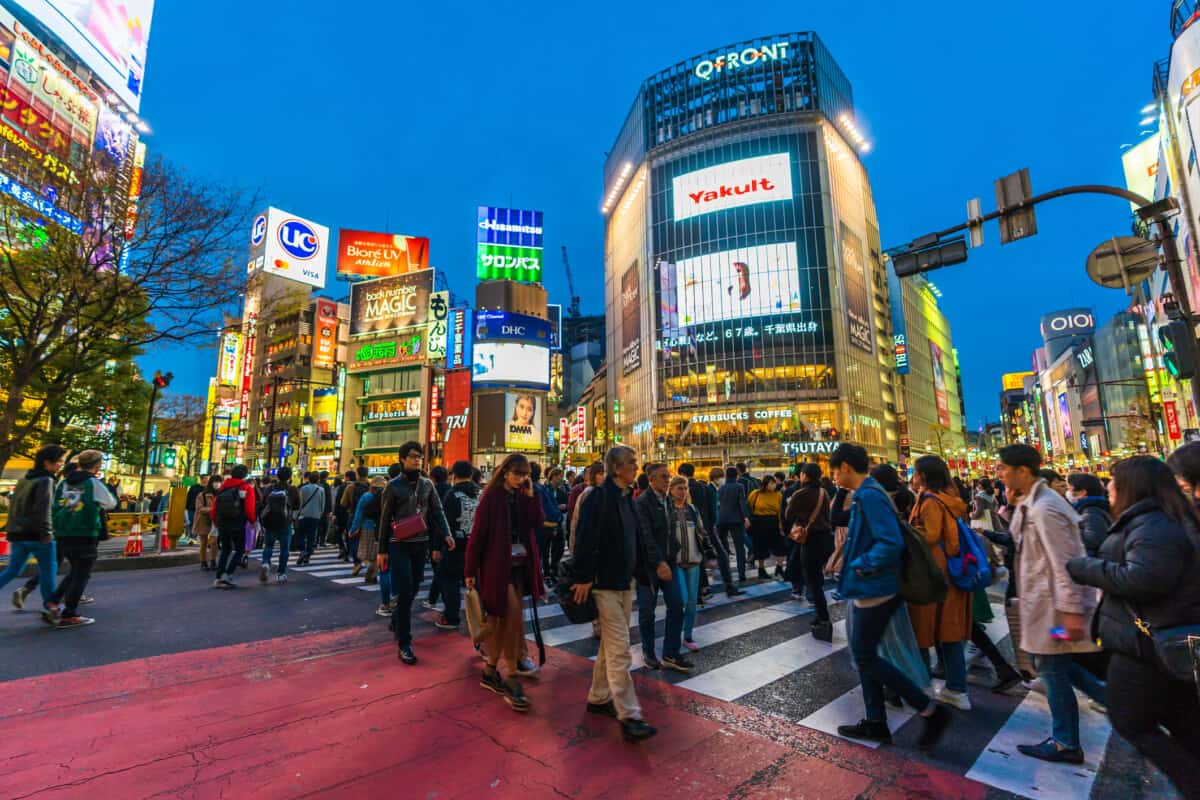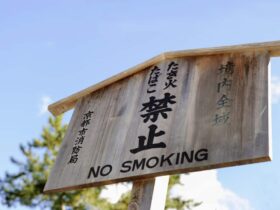Many people endure some level of culture shock when attempting to settle down in Japan. Most people will swiftly adjust and move on, the sensation of being an outsider may persist for a while.
When experiencing authentic Japanese food, working culture, family life, events, fashion, religion, and beliefs, one must consider the changes that will occur.
Continue reading to find out more about daily living in Japan, as well as the cultural shocks and adjustments to anticipate.
What Are the Biggest Cultural Shocks to Expect in Japan?
Japanese people live in such close quarters in such a congested environment and tiny apartments, influencing many of their rituals, values, and personality traits.
The Japanese are crammed into subways, kitchen-sized bars, and sushi restaurants like sardines every day.
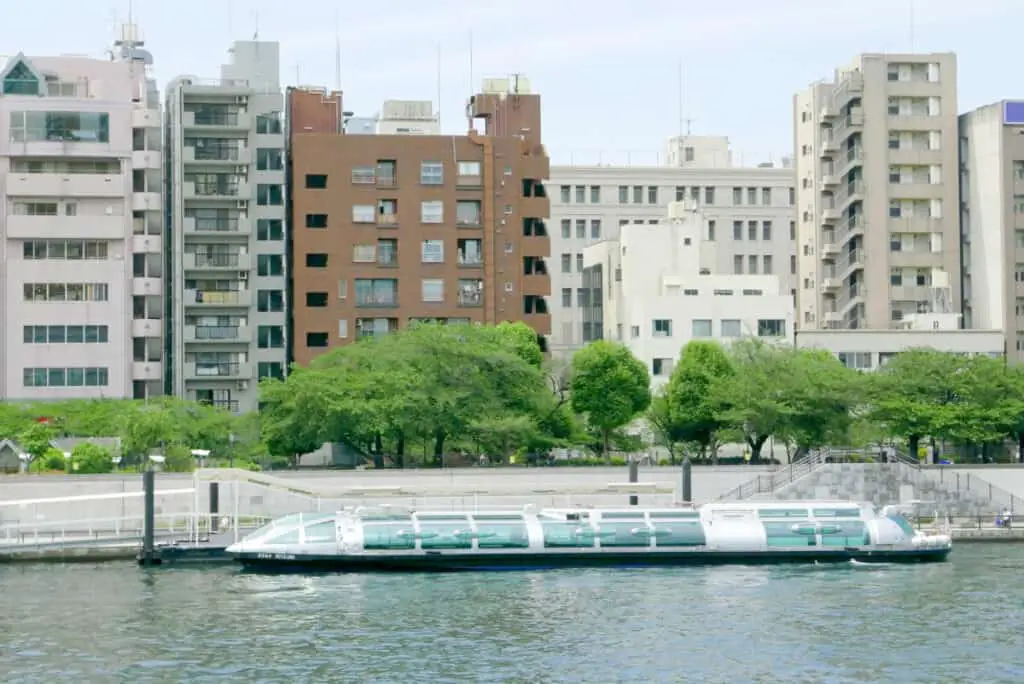
Bicyclists and pedestrians compete for space on congested sidewalks, which are more congested on wet and gloomy days when umbrellas are in use.
Business people spend the night in capsule hotels with accommodations the size of coffins. People socialize outside their homes since they don’t have enough space for entertaining visitors inside.
Lawns, where they exist, are so small that they are trimmed with scissors, and home gardens are so small there is a saying that says they may fit on a “cat’s forehead.”
Japanese engineering marvels such as the original 1980s Walkman, candy-bar-sized cell phones, small vehicles, and wafer-thin television sets were inspired by a lack of space.

People Sleep and Sit on the Floor in Japan
Many Japanese people will fall asleep in subways and trains. If you’re a westerner, this might be a surprising sight. They frequently sleep on futons at home, although many also sleep on mattresses.
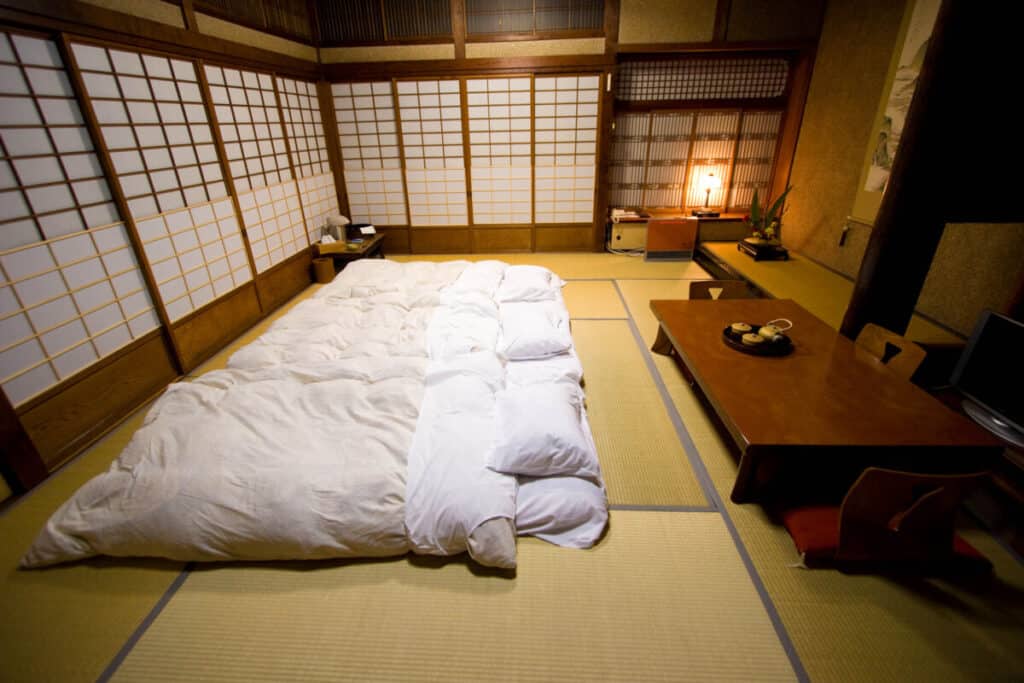
When a futon sleeper wakes up, the futon and blankets must be folded and stored against the wall or hidden in a closet.
One should also note that the Japanese spend a lot of time sitting on the floor. If given the choice, many Japanese locals would rather sit on a tatami mat than rest in a bed or a comfortable chair. However, when sitting on the floor, many people utilize pillows or thin cushions.
What Should One Expect from the Japanese Government in Terms of Cultural Interventions?
In Japan, everyone is a part of a family registration that keeps track of marriages, births, and deaths. The register system was established in the 19th century during the Meiji period to keep track of the people.
The government also tracks people through tax, pension, and healthcare data. The government gives identification cards and demands that everyone who relocates within the country notify local authorities.
According to some, the greatest method to ensure that you get along with your neighbors is to pass along the kairanban clipboard with local bulletins and community information.
Follow garbage disposal restrictions fully as Japan has extensive recycling laws regarding waste. Neighborhood garbage service will often not pick up waste unless it’s properly sorted and bagged.
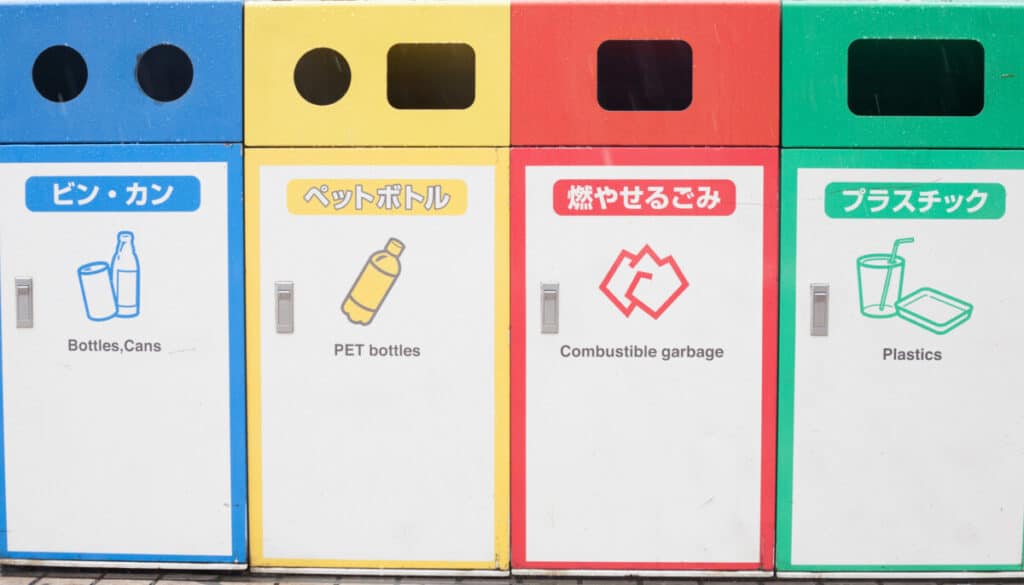
What Should You Expect from Japanese Workplace Culture?
Those working for Japanese companies will be expected to follow a very strict hierarchy, which is still visible in many firms today. Between the experienced and the novice, there is a definite connection.
The majority of people who work in big cities like Tokyo and Osaka work in offices and are generally referred to as Japanese salarymen. If you consider working one of these jobs, you should assume that you will work lots of overtime and that once the workday is done, if your manager wants to go out for a drink after work, you’ll be expected to join the team.
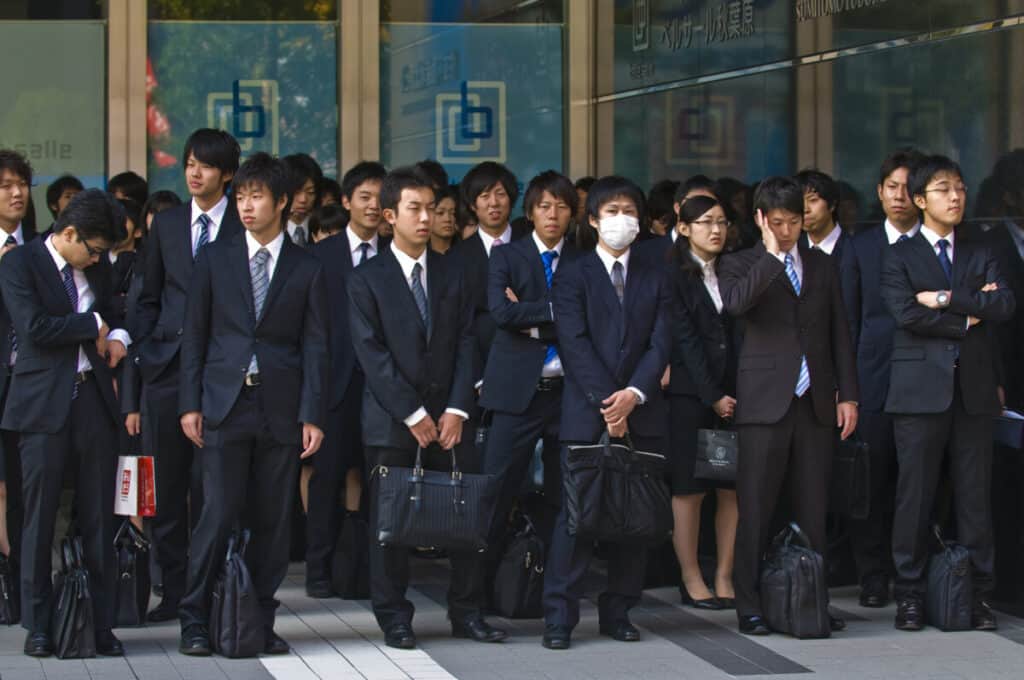
Salarymen drinking themselves to intoxication with their coworkers on a Friday night, passing out on the streets, and waking up to catch the last train home has become something of a social phenomenon.
There are minor but significant alterations in the workplace these days. The conventional path of working for one firm your whole life is progressively fading, with more and more young people opting for various part-time jobs to get more flexibility, going overseas to work, or just remaining at home in smaller towns with local jobs.
What Should One Expect When Eating Japanese Food?
Aside from sushi, it’s essential to know that rice is a mainstay in the Japanese diet, and it’s used in a variety of Japanese dishes.
Donburi is a simmered or fried food served over rice, whereas onigiri is little packets of rice with filling inside wrapped in seaweed.
Pounded rice cakes and the lesser-known rice with green tea poured in are all examples of dishes you should expect to eat in Japan.
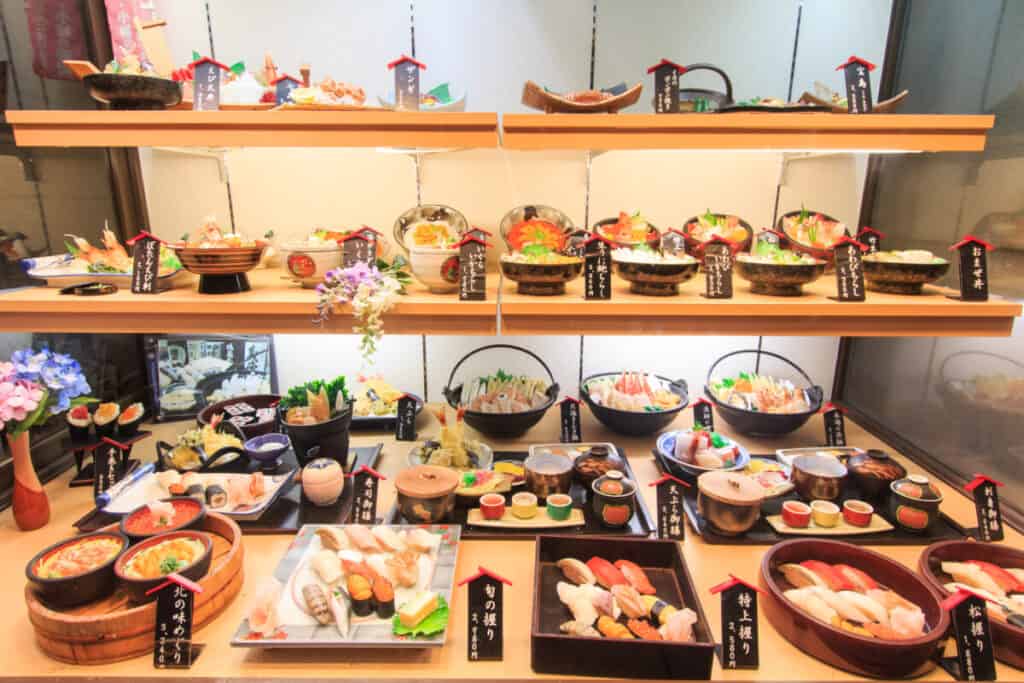
If you enjoy seafood, you’re in for a treat. Since Japan’s geographical position is surrounded by oceans, fresh seafood is an essential part of the Japanese diet.
The freshness of the ocean is never far away from Japanese cuisine, whether it’s eaten live, literally fresh from the water, and sometimes still moving, raw, grilled, or deep-fried.
What to Expect from Japanese Family Life?
The Japanese are proud people who place a high value on their families. According to tradition, the father is the leader of the home, followed by the mother, the eldest child, and finally the youngest child.
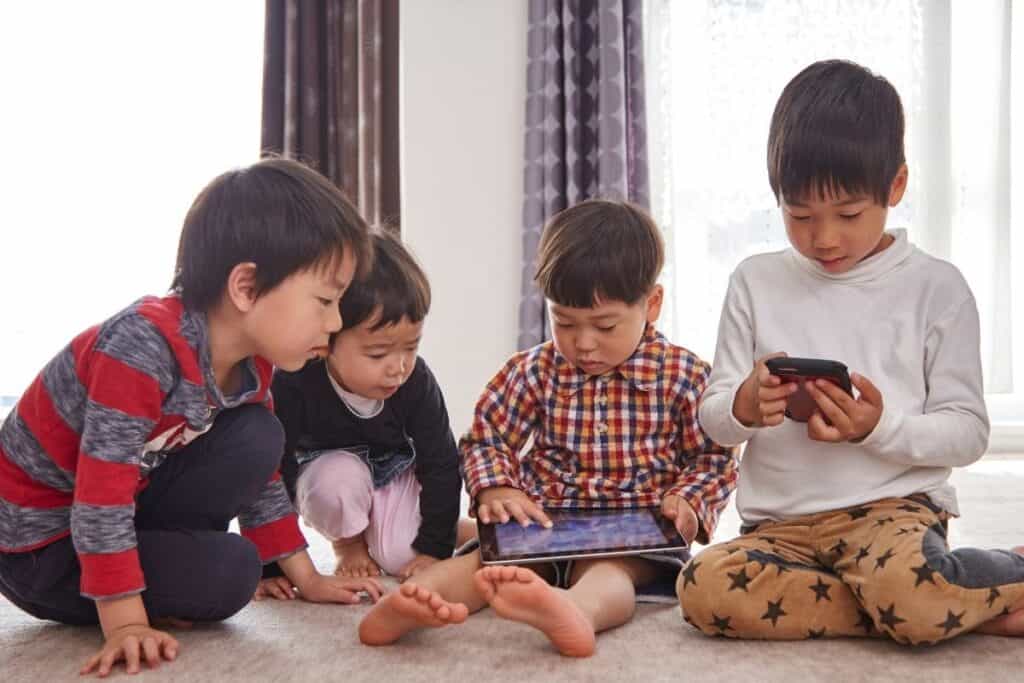
While this may seem self-evident, it was particularly followed in Japan. The father was typically the household’s primary breadwinner and protector, while the mothers stayed home to care for the children.
The hierarchy has obviously loosened up in recent years. This could result from the dramatic reduction in population growth in recent years, with an increasing proportion of women opting not to have children at all.
Today, most Japanese families live in compact apartment units in central metropolitan districts and visit their elderly grandparents outside of the major cities. Grandparents or elders are likely to live in the countryside and visit their families in the city a few times a year.
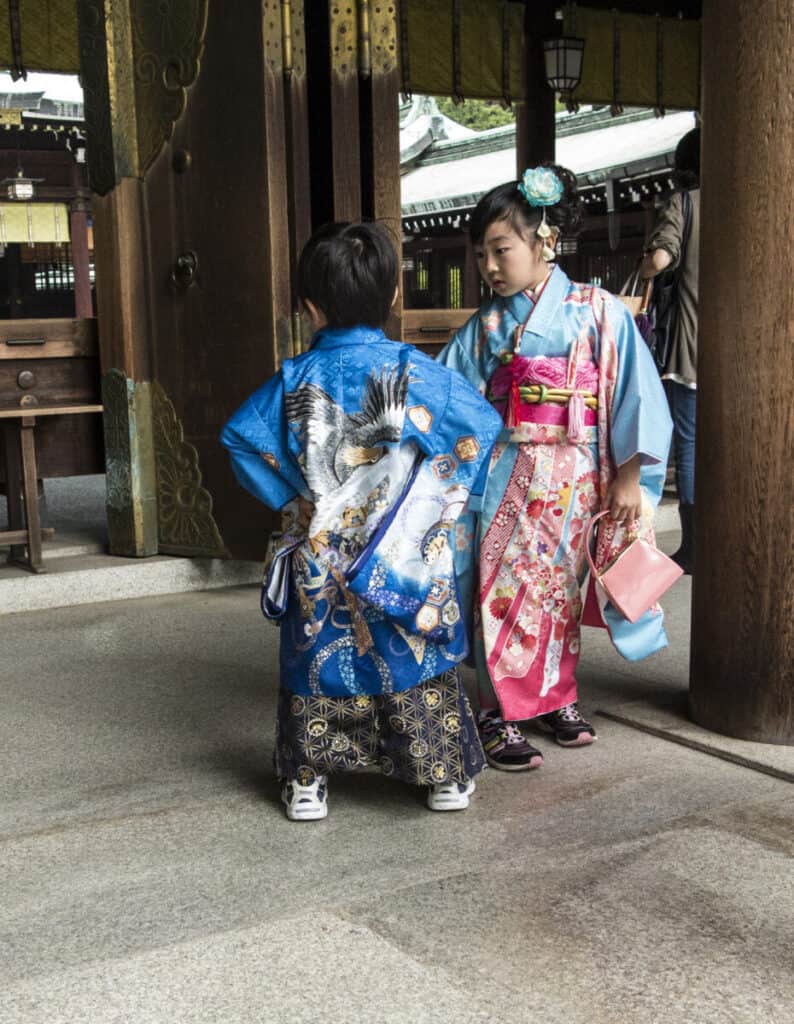
The opportunities given in cities are immense and boundless for young children, but this comes at the expense of Japanese traditions that will most likely not be passed down by the grandparents.
When Attending Important Events in Japan, What Should You Expect?
There are several national holidays and traditional festivals on the Japanese calendar throughout the year. Some of these events have been held for centuries, with no indication of slowing down, due to their strong conviction in preserving their historical roots.
National holidays are observed throughout the country, and in some instances, entire communities are shut down for several days. Families attempt to see their relatives who live in more remote locations over these vacations.
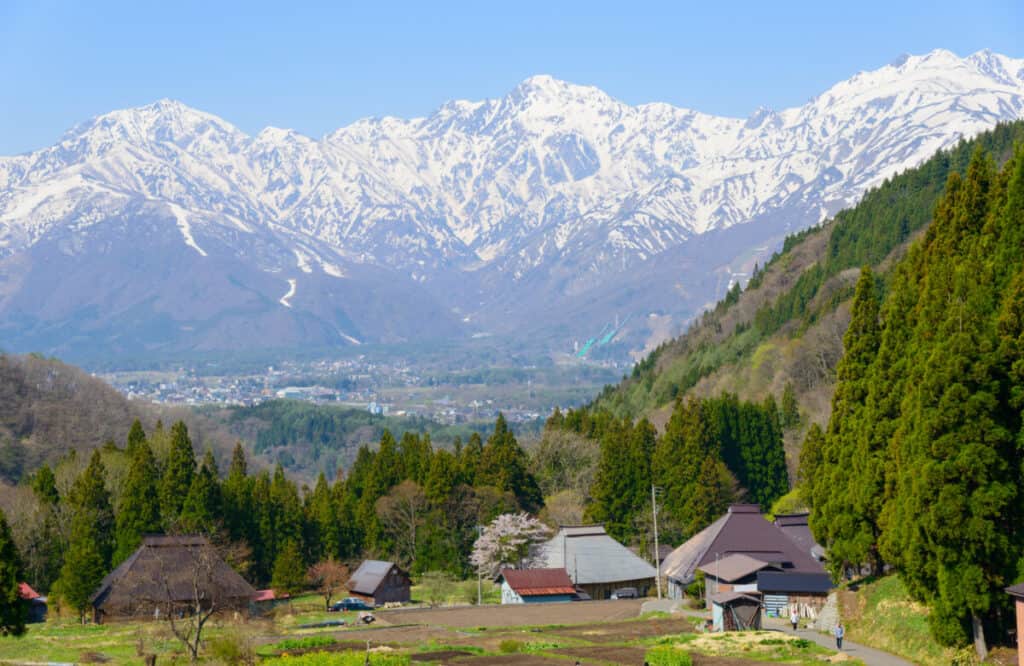
What to Expect from Japanese Fashion?
When you think of Japanese fashion, you might think of the bright, colorful, and unique clothing Harajuku influencers wear. It might then flow into Uniqlo’s smooth, clean, neutral clothing, which have swept the globe in the last decade.
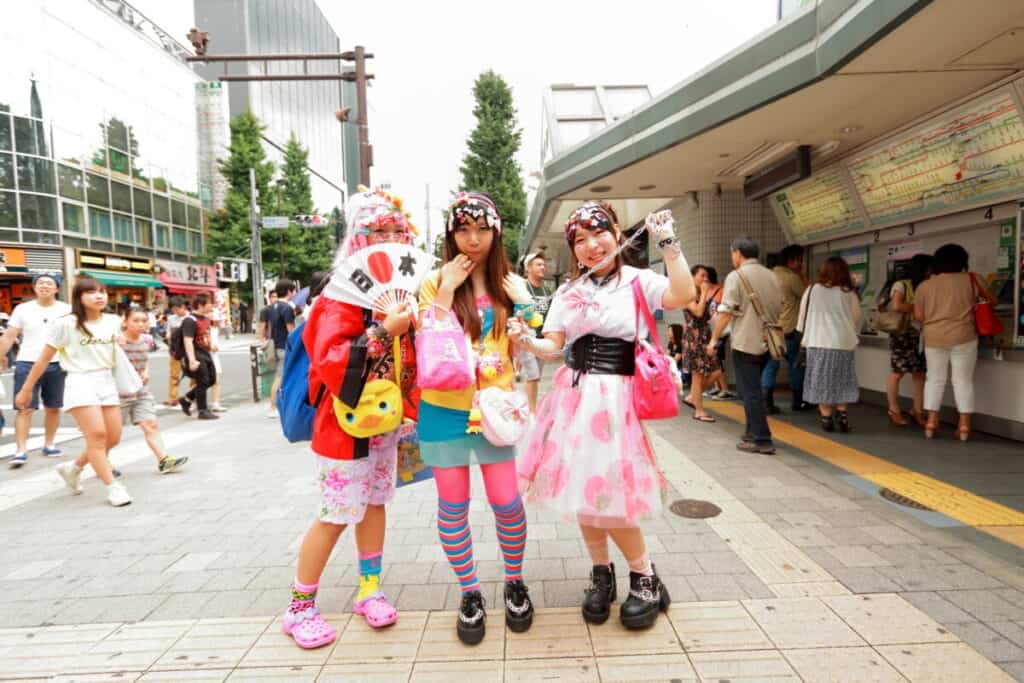
The fact is that Japanese fashion is eclectic, but it’s all about comfort. Comfort is found in loose, flowy clothing, such as the long and silky mid skirts Uniqlo usually has on the shelves.
Japanese streetwear is one type of Japanese apparel that progressively gains popularity and carves out a space for itself. The cool, calm, collected style of a pair of jogging pants and an oversized sweatshirt is endorsed by practically all anime characters and worn by many a lead character in Japanese plays.
What to Expect from Japanese Beliefs and Religions?
In Japan, there are two major religions that are practiced. These are Shinto and Buddhism.
Shinto is a Japanese religion that dates back to ancient times and focuses on worshiping ancestors and kami or gods, the Shinto religion adherents believe that gods who lived in nature created and presided over all things on Earth.
There are large Shinto shrines all around Japan. For Shinto believers, these are sites of worship. They are usually found in woodlands and have a torii gate entry, a hand wash station, and a prayer sanctuary.

In the mid-sixth century, Buddhism was brought to Japan. Since then, Buddhist temples have been established in practically every area of the country, and adherents have expanded across the country in large numbers.
Buddhism has had a significant impact on Japanese traditional culture throughout the years, with the practice of ‘Zen’ in everyday life being one of the most significant takeaways.
Although these are two distinct faiths, most Japanese people believe in both and integrate their traditions into their daily lives.
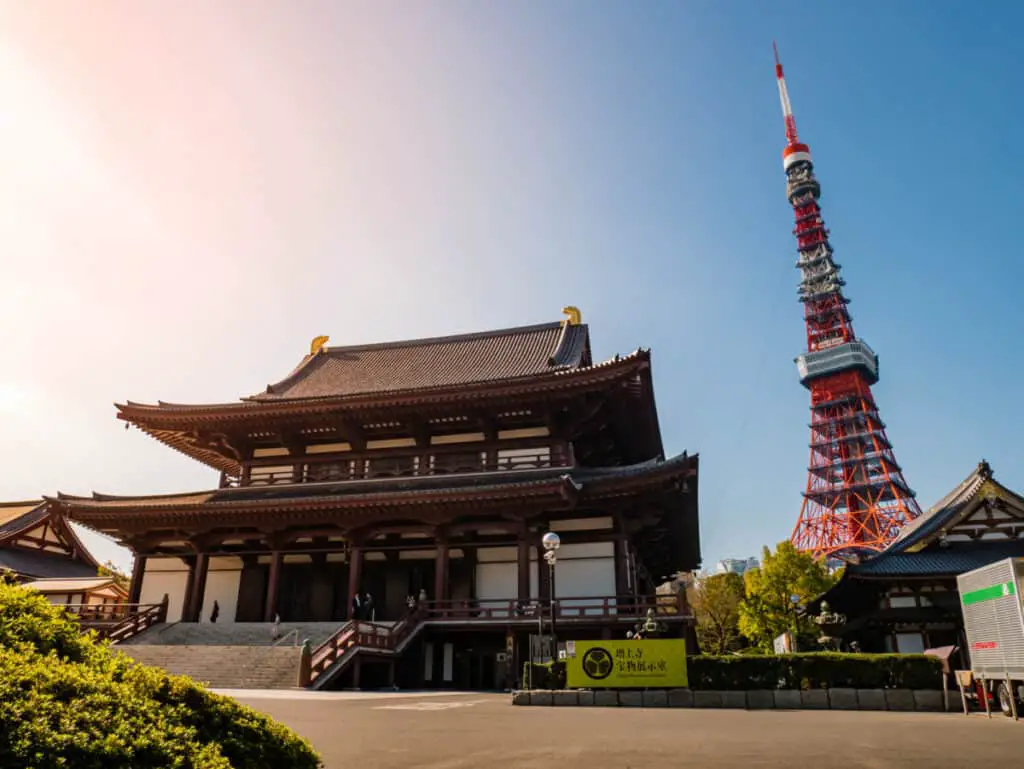
It’s also worth noting that some Japanese people are moderately superstitious, and they place a high value on fortunate charms such as Maneki Neko, Omamori, Omikuji, and Japanese Ema.

